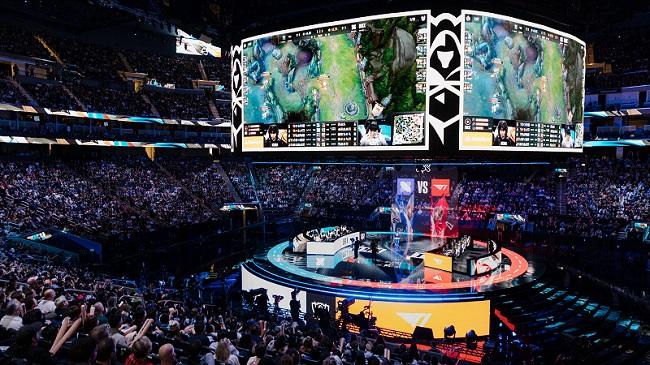Analyzing the Booming and Dynamic Global E Sports Market

The global E Sports Market represents one of the most dynamic and rapidly expanding sectors within the broader media and entertainment industry. It is a complex ecosystem where game publishers, event organizers, professional teams, streaming platforms, and major brands converge to create and monetize competitive gaming content for a massive global audience. The financial scale of this market is undergoing a period of phenomenal growth, with current projections indicating a powerful surge from an estimated valuation of $2.5 billion in 2024 to a colossal $10.5 billion by 2035. This growth is fueled by an impressive compound annual growth rate (CAGR) of 13.93% anticipated between 2025 and 2035. This upward trend reflects increasing monetization opportunities, growing mainstream acceptance, and a continuous influx of investment from both venture capital and established corporations.
The market's structure is built around several key revenue streams that collectively drive its value. Sponsorships form the largest segment, with non-endemic brands like Mercedes-Benz, Louis Vuitton, and Coca-Cola investing heavily to reach the coveted 18-34 demographic. These sponsorships manifest as team jersey placements, tournament naming rights, and branded content. Media rights are another rapidly growing component, as streaming platforms and even traditional broadcasters pay significant fees to secure exclusive rights to broadcast major leagues and tournaments. Advertising revenue, generated through pre-roll ads and stream overlays during live broadcasts, is also a substantial contributor. Finally, merchandise sales, ticket sales for live events, and franchise fees paid by teams to participate in top-tier leagues like the League of Legends Championship Series (LCS) or the Overwatch League round out the primary monetization channels.
Geographically, the esports market is a global phenomenon, but the Asia-Pacific (APAC) region stands as its epicenter, commanding the largest share of both audience and revenue. Countries like China and South Korea have long-established esports cultures, with government support, extensive infrastructure, and deeply ingrained public acceptance. North America and Europe represent the next largest markets, characterized by highly professionalized leagues, significant brand investment, and rapidly growing collegiate scenes that are creating a structured path to pro play. Emerging markets in Latin America, Southeast Asia, and the Middle East are also experiencing explosive growth, driven by increasing internet penetration and the proliferation of mobile gaming, which is opening up competitive gaming to a vast new audience and presenting significant opportunities for future market expansion.
The competitive landscape of the esports market is multifaceted. Game publishers like Riot Games (League of Legends, VALORANT), Valve Corporation (Dota 2, Counter-Strike 2), and Activision Blizzard (Overwatch, Call of Duty) hold significant power as they own the intellectual property and control the competitive ecosystem of their games. Streaming platforms, with Twitch (owned by Amazon) and YouTube (owned by Google) as the dominant players, are the primary distribution channels. Meanwhile, a host of tournament organizers, such as ESL FACEIT Group, and hundreds of professional team organizations, like TSM, FaZe Clan, and Team Liquid, compete for talent, viewership, and sponsorship dollars. This dynamic interplay between different stakeholders creates a vibrant and fiercely competitive marketplace.
Explore Our Latest Trending Reports:
- Art
- Causes
- Crafts
- Dance
- Drinks
- Film
- Fitness
- Food
- Spellen
- Gardening
- Health
- Home
- Literature
- Music
- Networking
- Other
- Party
- Religion
- Shopping
- Sports
- Theater
- Wellness
